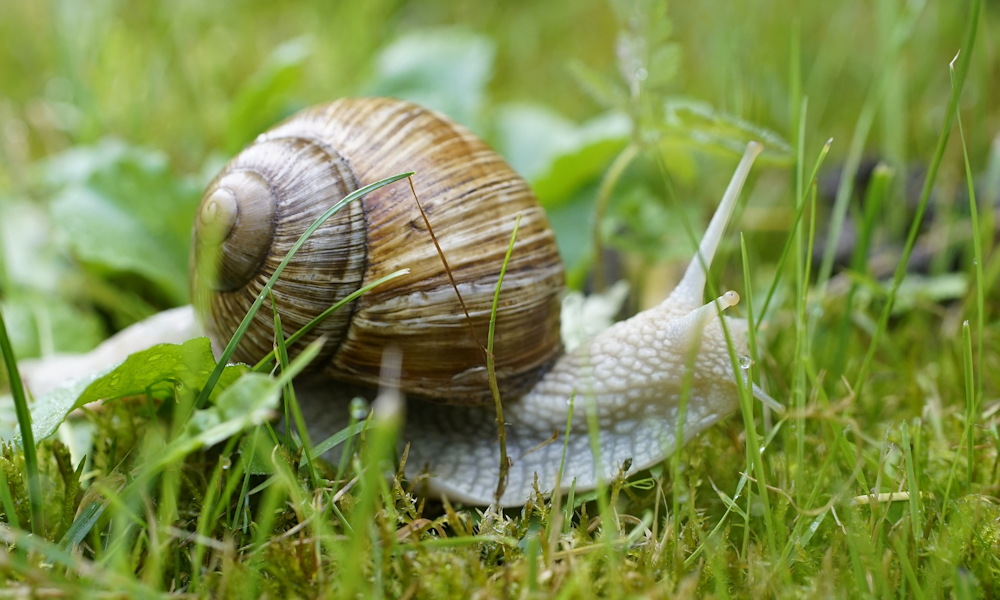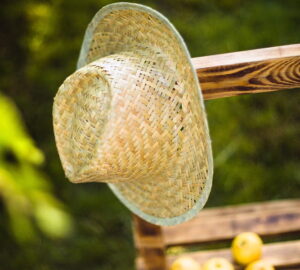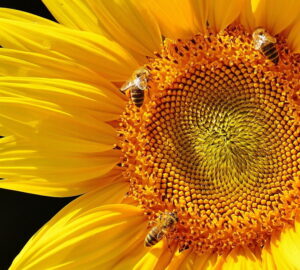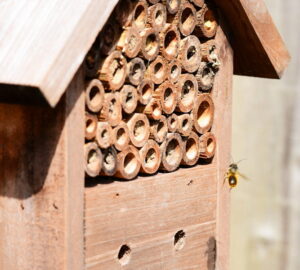The presence of the Roman snail in gardens often divides gardeners: some see it as a pest, while others view it as a valuable ecological participant. To understand its true significance and manage it appropriately, it is essential to be aware of the lifestyle and ecological role of this shelled mollusk.
The Roman snail (Helix pomatia), also known as the Burgundy snail or edible snail, is one of the most well-known and largest land snails in Europe. Its distinctive, spirally twisted shell can reach up to 5 cm in diameter, and adult specimens can grow up to 10 cm in length. This gentle little mollusk is often found in European gardens, parks, and forest edges, where it finds moist, humus-rich soil and lush vegetation.
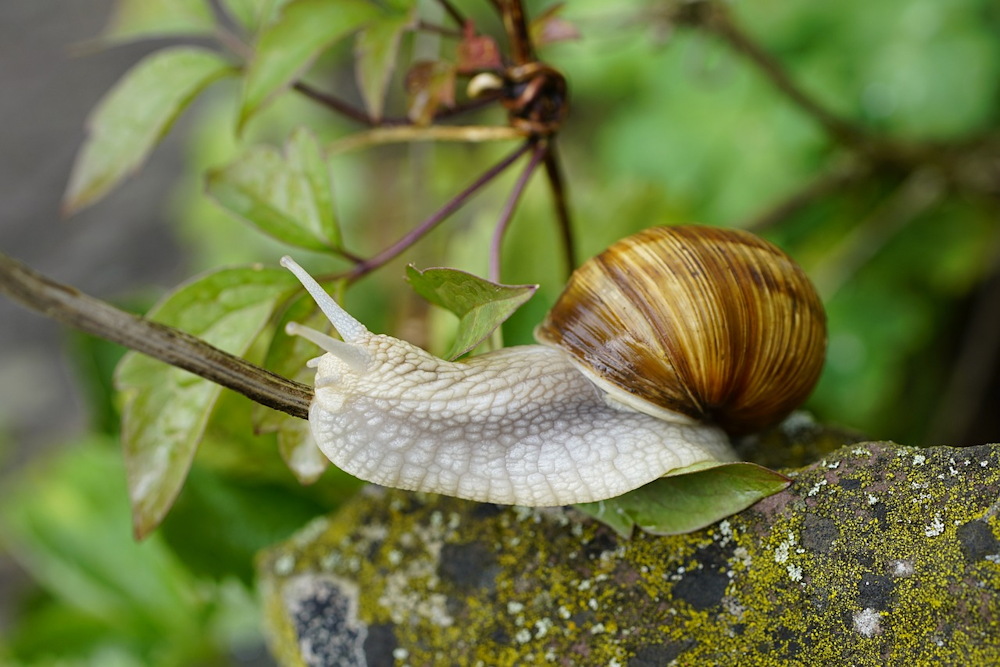
The Presence of the Roman Snail in Our Gardens
In Europe, the Roman snail is relatively common in gardens, especially during wetter periods. They often appear in damp, shady areas and hidden corners of gardens. Their preferred habitat includes areas where the soil is moist and rich in humus, and where dense vegetation provides abundant food and a suitable environment for reproduction.
While many gardeners are not pleased to see them, believing they damage plants, the ecological role of the Roman snail is much more complex and positive than it might first appear.
It is true that Roman snails sometimes nibble on vegetables and ornamental plants, which can be annoying for gardeners. However, it is worth noting that the damage attributed to Roman snails is often exaggerated and misleading. For example, in many cases, the damage blamed on Roman snails is actually caused by other animals, such as slugs or various insects. Slugs, which lack a hard shell, can cause much more significant damage to plants than Roman snails. This is because Roman snails typically only consume the softer parts of plants, while slugs can eat almost any part of a plant.
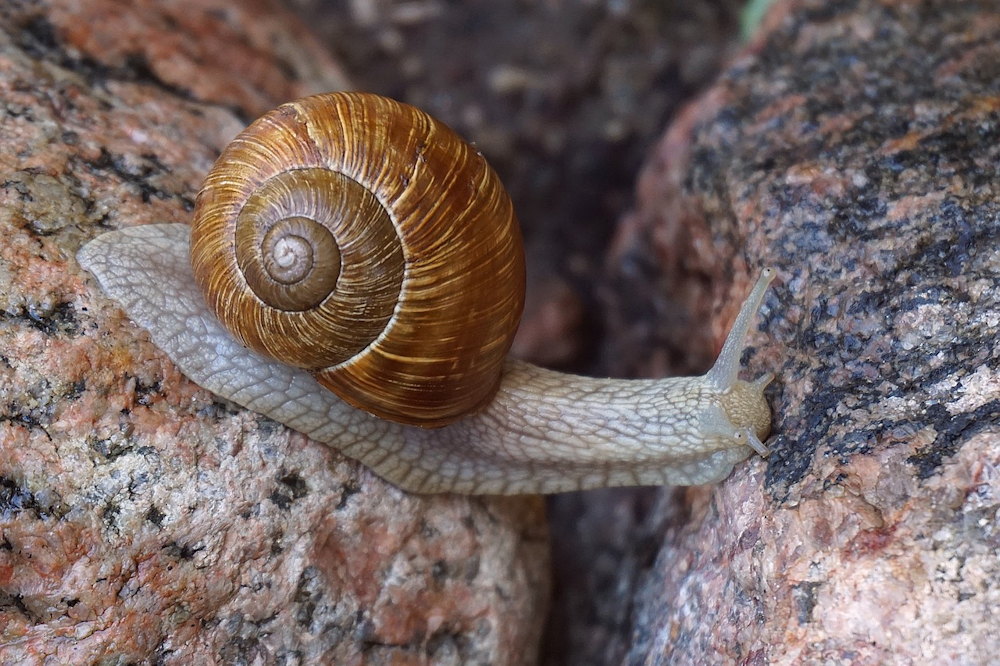
Furthermore, Roman snails are generally active at night, making them less visible to gardeners. This increases their misjudgment, as damage discovered in the morning is easily attributed to Roman snails, although it may have been caused by other pests.
Overall, Roman snails are important parts of garden ecosystems, and while they can sometimes be a nuisance, their ecological role can positively impact the entire garden.
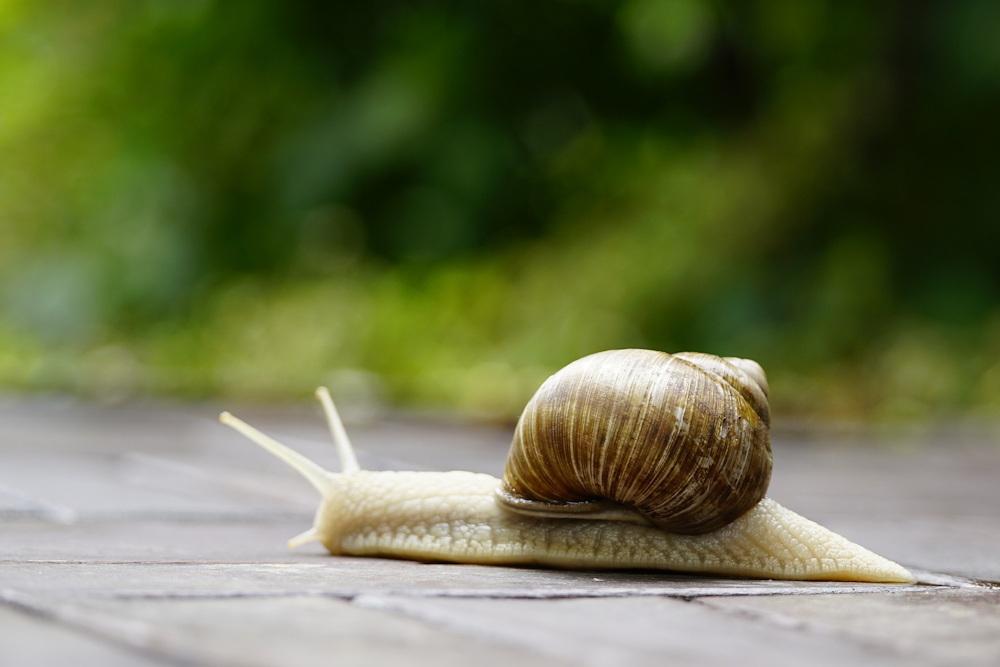
In Defense of the Roman Snail
In many European countries, the Roman snail is a protected species, meaning their collection and destruction are prohibited. One reason for their protected status is their significant ecological role: they participate in the decomposition of leaf litter and plant debris, contributing to soil fertility and the natural nutrient cycle. Additionally, Roman snails are a food source for many predators, such as birds, hedgehogs, and amphibians.
The damage caused by Roman snails is actually minimal compared to their contribution to the garden’s ecological balance. The nibbling of important plants is more the exception than the rule and generally only poses a threat to very young shoots and seedlings.
Roman snails play a crucial role in the food chain of smaller creatures, thus contributing to maintaining the biodiversity of gardens. But this is not all. The empty snail shells also have significance in gardens. They gradually decompose, adding calcium and other minerals to the soil, which promotes plant growth and maintains soil fertility. Furthermore, the excrement of Roman snails, which is rich in nitrogen and other nutrients, provides food for soil microorganisms, also helping to maintain the healthy structure and nutrient content of the soil.
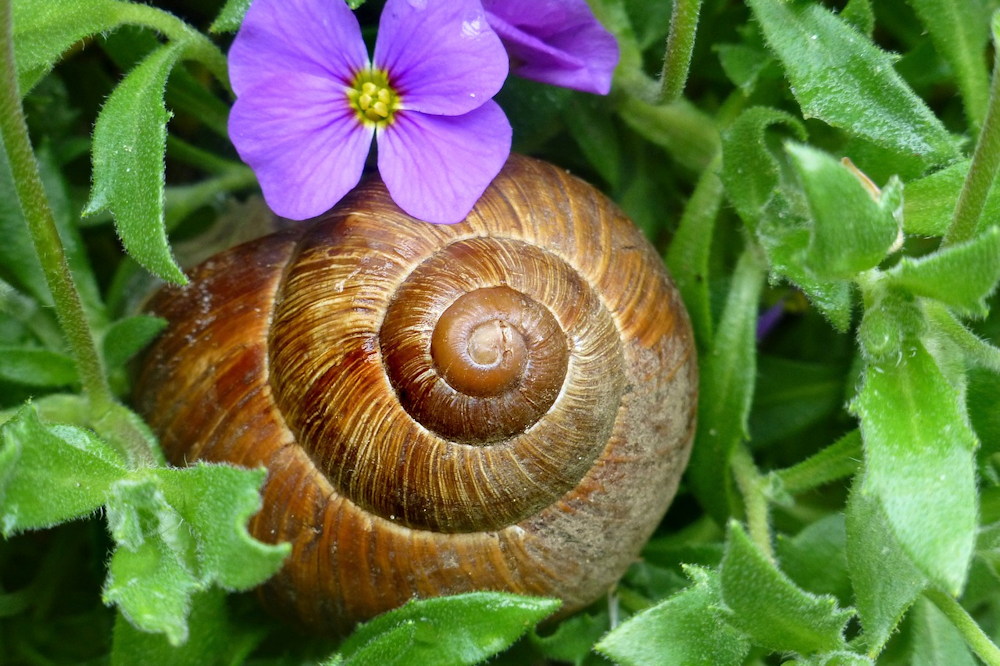
What Can Garden Owners Do?
If you, as a garden owner, prefer not to see Roman snails in your garden, several friendly and environmentally friendly solutions are available. One option is to collect the snails and relocate them to a suitable habitat, such as forest edges or damp, shady areas, where they will not cause problems. It is advisable to collect them in a closable but well-ventilated container (made of plastic or wood), with moist leaves and/or a layer of damp garden soil at the bottom. The key is to ensure the transport container provides adequate ventilation and moisture for the Roman snails and prevents them from escaping during relocation.
Another solution could be designing the entire garden to be less attractive to snails. For example, mulching, using ground covers and regular garden maintenance can reduce snail numbers. Introducing plants that are naturally resistant to snails, such as lavender, rosemary and sage, can also deter them. Additionally, creating barriers with materials like crushed eggshells around vulnerable plants can help keep snails at bay. Ensuring good drainage and avoiding overwatering can further make the garden less hospitable to these mollusks.
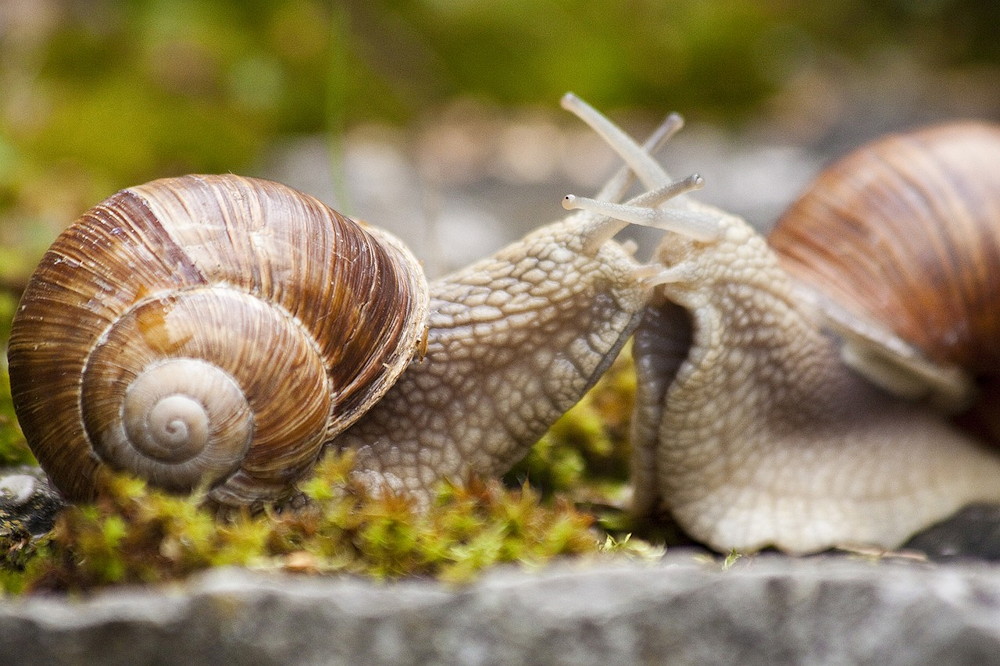
Lastly, supporting the presence of natural predators, such as hedgehogs and birds, can help control the snail population. These animals naturally keep snail numbers in check without harming other garden inhabitants.
In conclusion, the Roman snail is an important and beneficial part of the ecosystem, and proper management can allow garden owners to profit from their presence while protecting the diversity and balance of nature.



